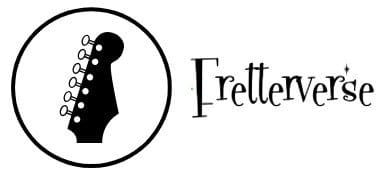Introduction to Guitar Ear Training
Imagine sitting in a dimly lit room, your fingers poised over the strings of your well-loved guitar. The notes you play are familiar, yet something crucial is missing—the ability to *truly hear* what you play. Without this skill, you’re like a painter who’s never seen colors. Here’s the unexpected truth: mastering guitar is impossible without developing a musical ear. But the journey to honing this skill is far from straightforward, and it doesn’t come attached to sheet music.
As a guitarist who began my journey at age six, I’ve found that developing a keen musical ear is just as vital as mastering technical skills. From recognizing subtle chord changes to anticipating soulful progressions, your musical ear is the key to unlocking profound guitar skills improvement. Through this article, we’ll delve deep into essential techniques for musical ear development that could revolutionize your playing. Join me as we explore how ear training can transform your relationship with music.
Why is Ear Training Important for Guitarists?
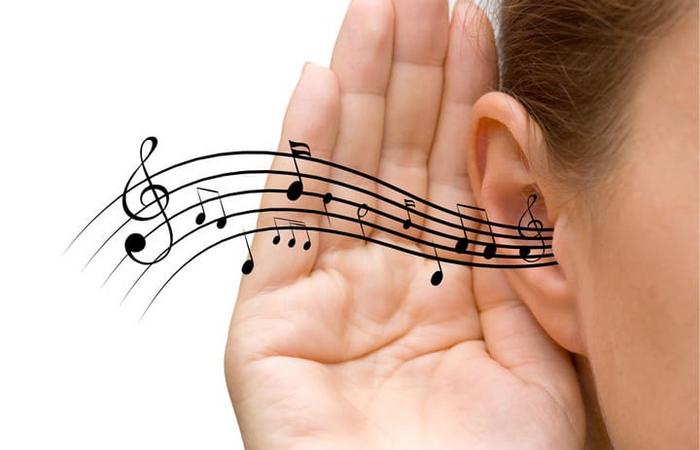
Did you know that over 90% of music-making involves *listening* rather than playing? This striking statistic sheds light on why ear training is critical for guitarists. In my experience as a performer and educator, I’ve discovered that strong *listening skills for musicians* can dramatically shape a guitarist’s ability to express themselves musically. When we focus on developing our ear, we unlock the ability to *recognize chords by ear*, understand the subtleties of rhythm, and anticipate musical changes, making us far more versatile musicians.
For guitarists, this skill means being able to pick up a song effortlessly, match a melody to harmonies, and even improvise with confidence. Ear training isn’t just about intellectual understanding; it’s about *connecting with music* on a deeper level, fostering an intuitive sensitivity that transforms mere notes into a soulful expression. Cultivating these skills doesn’t happen overnight, but the journey significantly enriches your musical life, allowing your guitar to sing with *authentic expression* and creativity.
Who Can Benefit from Ear Training?
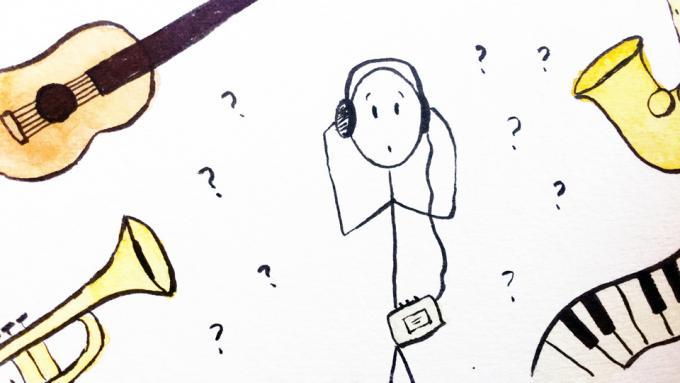
Think ear training is just for classical musicians? Think again! Throughout my career, whether in folk, jazz, or world music contexts, I’ve seen that every guitarist can unlock new dimensions in their playing through ear training. From beginners eager to improve their guitar skills to seasoned professionals seeking to deepen their musical ear development, anyone who engages with music can benefit immensely.
Ear training isn’t limited to those with formal education or classical ambitions. It’s about sharpening your ability to recognize intervals, chords, and melodies, enabling you to play effortlessly by ear. For the aspiring blues guitarist hoping to capture the essence of a soulful solo, or the indie rocker aiming to experiment with new sounds, ear training is a transformative tool. It’s a journey that expands your musical horizon, offering fresh ways to interpret, create, and enjoy music. This practice bridges the gap between what you hear and what you play, making music a more intuitive and expressive experience.
When Should You Start Ear Training?
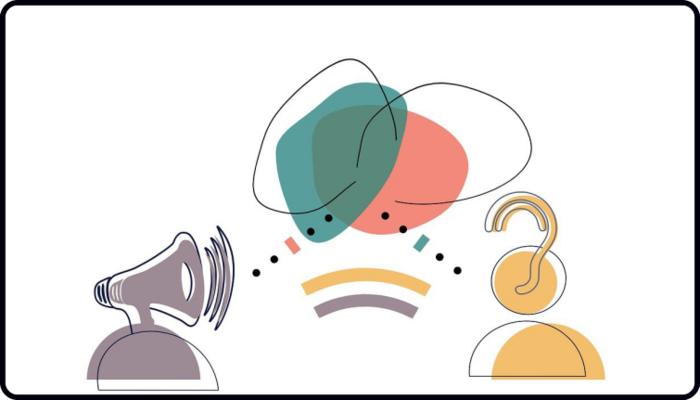
Is there a perfect age to begin honing your ear as a guitarist, or can it happen at any stage of your musical journey? If there’s one rule in music, it’s that learning can begin at any time. When I first embarked on my guitar journey, I realized that **ear training** was not just an add-on skill; it was fundamental to my growth. Starting ear training early in my musical development allowed me to grasp a diversity of musical genres with greater ease and depth, enriching my playing style beyond what I had anticipated. The beauty of ear training lies in its ability to integrate with existing practice routines, transforming guitar exercises into an immersive experience.
Whether you’re a beginner guitarist or seasoned musician, ear training enhances your capability to recognize subtle nuances in music. It instills a deeper connection with the instrument, making every strum and pluck more intentional and expressive. More than a task on a practice list, it’s an evolving skill that can be nurtured at any age. As I developed my ear, I was astounded by the doors it opened—suddenly, deciphering complex solos and improvising across different styles became natural facets of my playing.
Where to Find Effective Ear Training Resources
What is Guitar Ear Training?
Why is Ear Training Important for Guitarists?
What Are Some Techniques for Improving Guitar Ear Training?
How Can Interval Training Benefit Guitarists?
Are There Online Resources for Guitar Ear Training?
How to Implement Ear Training in Your Practice
Ear Training Exercises for Guitarists

As we delve into the how of integrating ear training into your practice, let’s discuss some exercises that guitarists can begin today. I crafted a series of ear training exercises that have been pivotal in my development, connecting sound intuitively to fingerstyle techniques. By starting with pitch matching, I sharpened my ability to recognize and reproduce notes accurately on my guitar, directly enhancing my playing skills.
Begin by selecting a simple melody and practice identifying each note by ear, then match that note on your guitar. This fundamental practice aids in reinforcing the association between visual finger placements and auditory cues. Additionally, using chord progressions can deepen your understanding. Start with basic triads, hearing them in isolation, and strive to replicate their sound. Over time, expand to more complex chord structures.
Starting ear training early in your development as a guitarist is crucial, bridging the gap between theoretical knowledge and practical execution. It lays a strong foundation, allowing you to progress into more advanced aspects of music like transcribing and improvisation. These exercises have not only honed my musical comprehension but have also empowered me to express musical ideas with precision and confidence. As you continue to explore the ‘_Where to Find Effective Ear Training Resources_’ later in the article, you’ll be equipped with insights to further enrich your practice routine.
Using Apps and Tools for Ear Training
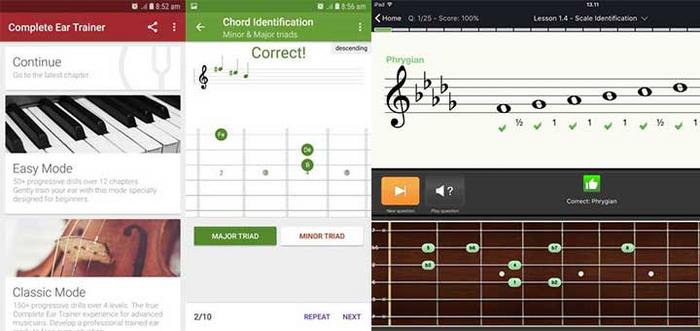
In the realm of ear training, leveraging the right ear training apps can significantly enhance your learning curve. As someone who’s explored various applications, I can attest to their effectiveness in honing my interval recognition skills. These tools offer a structured approach, allowing me to tailor practices to my needs—perfect for anyone questioning when they should start ear training.
Using apps like Tenuto and EarMaster, I’ve been able to isolate specific intervals and rhythms, cuing immediate feedback that traditional methods often lack. This digital approach allows for a personalized learning journey, adapting lessons as my proficiency evolves. These platforms have been invaluable in demystifying musical concepts that can initially appear complex, particularly when intertwined with guitar playing.
Moreover, these apps facilitate a more flexible practice schedule. Wherever and whenever I find time, a quick session aids in reinforcing my internal understanding of guitar harmonics and melodies. Through targeted exercises, I’m able to integrate this auditory knowledge directly into my playing. For anyone embarking on ear training, such resources are indispensable, making the transition from beginner to adept musician smoother and more efficient. As we continue exploring ear training, keep in mind that these accessible digital tools can significantly augment your learning experience, bringing your guitar skills to new heights.
Transcribing Music and Its Benefits
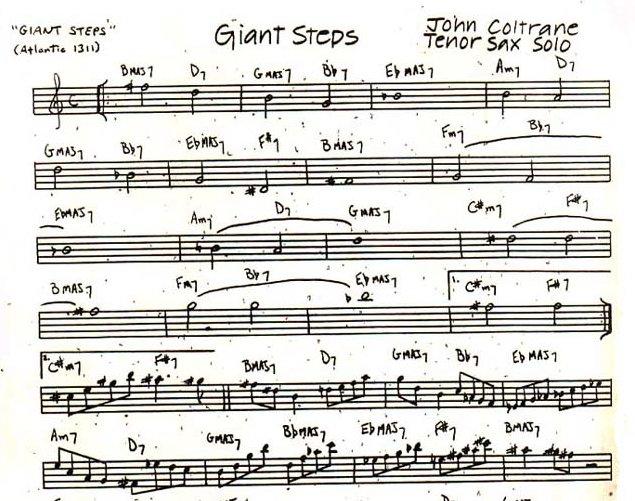
Transcribing music has been one of the most rewarding aspects of my guitar journey. It’s about more than just notation; it reveals the essence of what makes music resonate. By engaging in *transcribing music*, I’ve found it to be an integral step in ear training. It forces my ear to actively decipher melodies, harmonies, and rhythms, which enhances my *music theory for guitar*. This practice not only deepens my understanding of musical structures but also hones my ability to intuitively connect sounds with their theoretical components. Transcription has improved my ability to *listen closely*, translating sounds from the recording into expressive musical lines on the guitar.
Starting the transcription process early in your ear training journey ensures a solid foundation in identifying musical elements. It bridges the gap between hearing and playing, allowing for a *more intuitive connection* to the instrument. By focusing on transcription, you inherently strengthen the relationship between your ear and the guitar, fostering an instinctual grasp of *music theory*. This proactive approach in implementing ear training can transform your playing, making you a more versatile and adaptive musician.
Ultimately, integrating transcribing into your routine elevates your musical abilities, marking a significant milestone on the path to mastering guitar ear training. It’s not just a technique, it’s a *gateway to musical fluency*.

Teja Gerken, a fingerstyle guitarist with a unique blend of folk, classical, jazz, and world music, has made significant contributions to the guitar world. Known for albums like ‘On My Way’ and ‘Postcards’, and as a co-founder of Peghead Nation, he brings his expertise from intimate venues to global stages. At Fretterverse, Gerken offers deep insights into diverse fingerstyle techniques and musical fusion.
